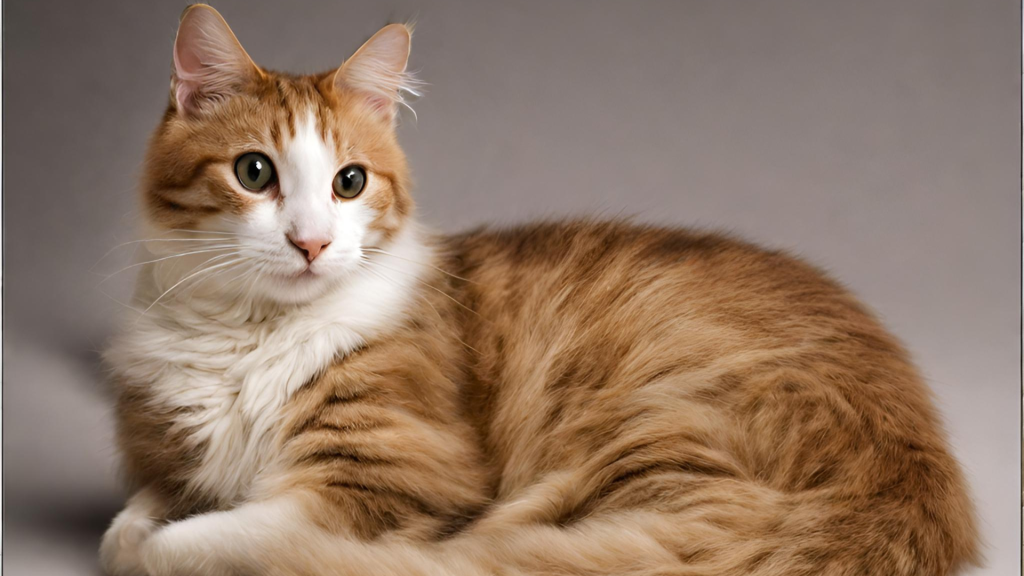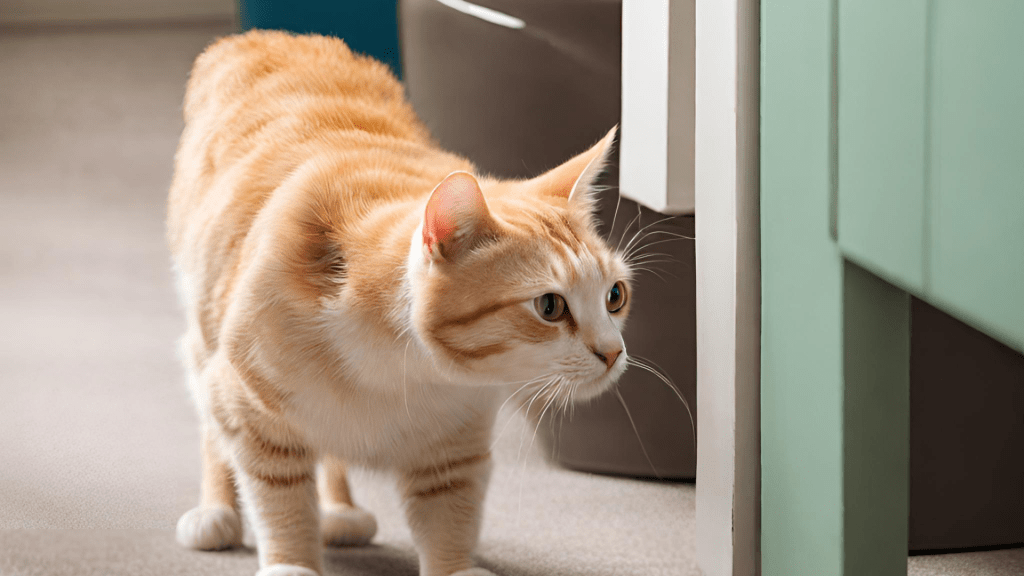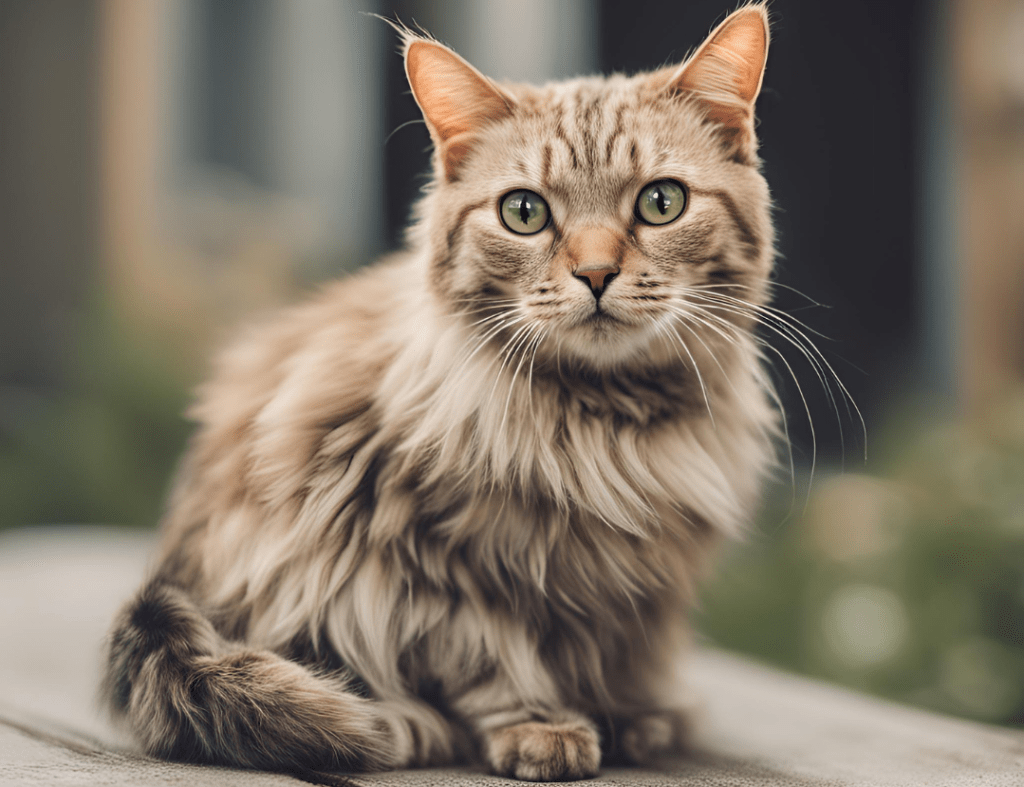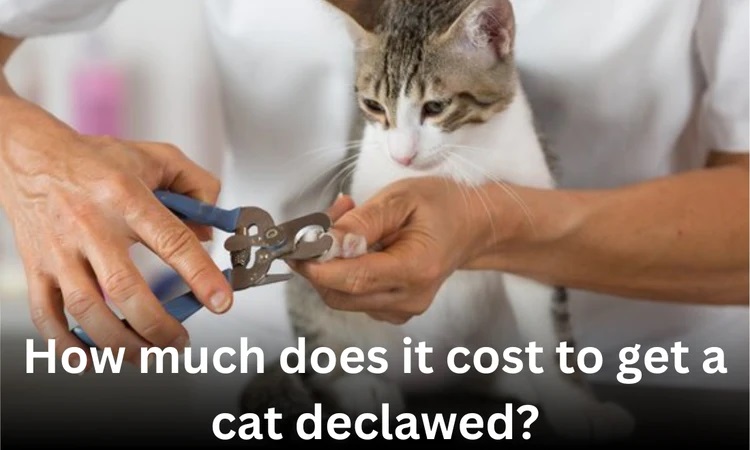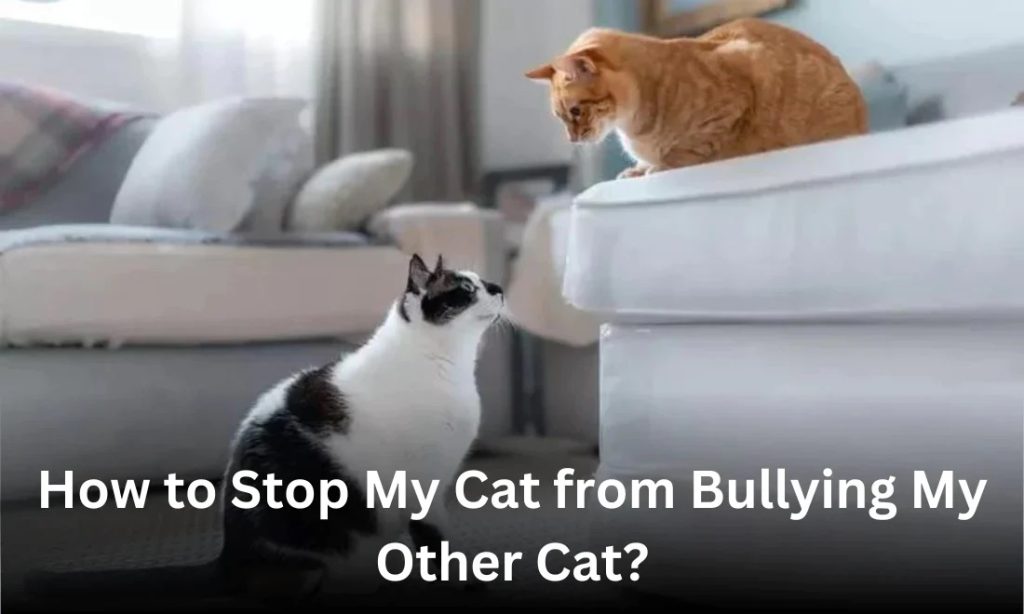Persian Cat Personality, Appearance, History, Care, & Helpful Information for Pet Owners
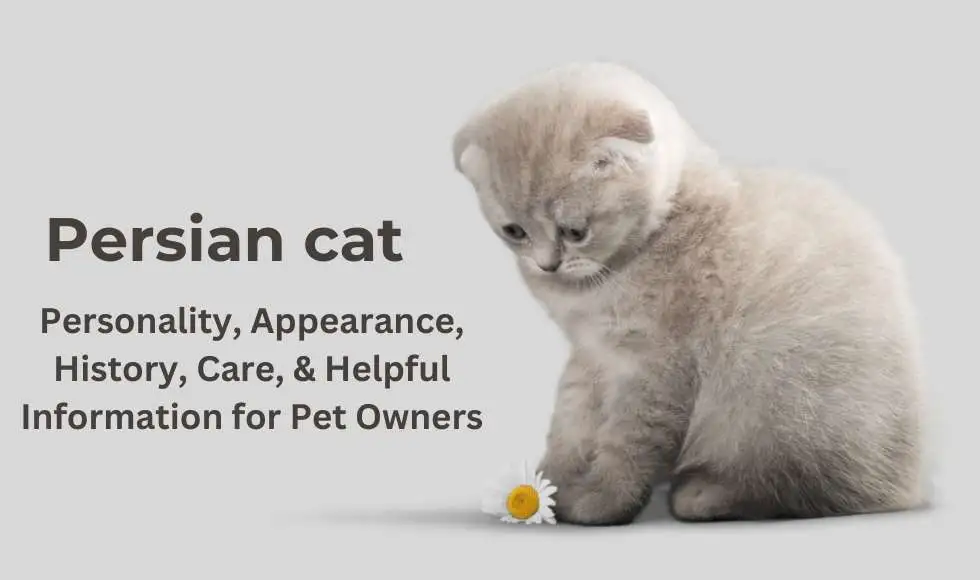
Don’t be fooled by their seemingly grumpy expression; Persian cats are gentle and laid-back companions. These elegant felines charm their way into hearts with their affectionate nature, especially when socialized from kittenhood. They integrate seamlessly into family life, forming bonds with all members. However, their stunning appearance comes with a catch – Persians need more grooming and care than the average cat. Delve deeper to uncover the unique traits of this captivating breed.
For help choosing between long-haired and short-haired breeds, you can gain deeper knowledge about cat breeds and learn more about different grooming needs and care requirements.
- Characteristics of the Persian Cat
- Persian Cat Pros and Cons
- Persian Cat Appearance
- Persian Cat Personality
- History and Origins
- Health Considerations for Persian Cats
- Vet Rating
- Prevalent Health Concerns
- Outdoors or Indoors
- Nutrition and Feeding
- Enrichment and Specific Needs
- Suitability for Family Life
- Grooming Persian Cats
- Persian Cat Fun Facts
- Where to Adopt or Buy a Persian Cat
- FAQs
The need-to-know
- Benefits from an experienced owner
- Quiet and sedate cat
- Calm cat
- Independent but friendly
- Can be left alone all day
- Indoor cat
- Requires grooming every day
- Average build cat breed
- Quiet cat
- Not ideal for family homes
- Needs a calm environment
Characteristics of the Persian Cat
Persian cats are renowned for their gentle, calm, and sweet temperament. While friendly, they require delicate handling, making them less suited for homes with boisterous young children. These felines thrive in the company of respectful kids and prefer gentle petting to vigorous play. When properly introduced, Persians can coexist harmoniously with other cats and docile dogs.
These cats are content to lounge in favored spots around the house, often selecting positions that offer a good view of household activities. Being homebodies, Persians are best kept indoors to protect their luxurious coats from tangling and to prevent overheating. Though affectionate towards their human family, they can comfortably endure short periods alone in familiar surroundings where they feel secure.
| Affection Level | High |
| Friendliness | High |
| Kid-Friendly | Medium |
| Pet-Friendly | Medium |
| Exercise Needs | Low |
| Playfulness | Medium |
| Energy Level | Low |
| Intelligence | High |
| Tendency to Vocalize | Low |
| Amount of Shedding | Medium |
Persian Cat Pros and Cons
Pros
- Gentle and amiable temperament
- Forms strong bonds with family members of all ages
- Comfortable with occasional solitude
Cons
- Prefers calm environments over high-energy activities
- Requires daily facial cleaning to prevent tear staining
- High-maintenance coat necessitating regular grooming
Persian Cat Appearance
Persian cats are medium-sized with a sturdy build. Their most striking feature is a large, round head that seems disproportionate to their body. Wide-set, big round eyes and a short muzzle contribute to their unique, often seemingly disgruntled expression. Small, widely spaced ears enhance the face’s circular appearance. These cats have compact bodies supported by short, strong legs and large, round paws. Their short, thick tail is covered in bushy fur. Perhaps their most famous attribute is their luxurious double coat—long, exceptionally dense, and plush, with a soft undercoat.
Persian Cat Personality
Persian Longhairs are known for their sweet, gentle nature and preference for tranquil environments where they can feel at ease. These cats are not vocal, instead communicating with soft, melodious sounds rather than harsh meows. Their large, expressive eyes are key to their communication, conveying many emotions from puzzlement at human behavior to contentment. With a tilt of their head and a knowing gaze, they can express their bewilderment, while a beaming look and a deep purr signify their happiness. Unlike more active breeds, Persian Longhairs aren’t prone to climbing or jumping. They’re often seen as living decorations, elegantly lounging in sunny spots or artfully sprawled across furniture.
History and Origins
Persian cats, allegedly exported from Persia in the 17th century, are considered one of the oldest cat breeds. While hieroglyphic references dating back to 1684 B.C. purportedly depict Persian cats, it’s important to note that these weren’t the flat-faced, extremely long-haired cats we see today. Instead, they were more moderate in appearance, with noticeable muzzles and shorter coats.
Despite their long history, Persian cats have undergone significant changes over time. Various groups of breed enthusiasts have modified characteristics such as coat type, muzzle length, and color. As a result, several Persian cat varieties exist today, including:
- Persian Longhair
- Chinchilla
- Doll Face
- Exotic Shorthair
- Himalayan
This list isn’t exhaustive, as other variations may also exist.
Health Considerations for Persian Cats
Persian cats, while beloved for their distinctive appearance, face a higher risk of certain health issues due to their unique physical characteristics. As a brachycephalic breed (characterized by a short nose and flat face), Persians are prone to several conditions:
- Respiratory challenges: Their facial structure can lead to breathing difficulties, known as Brachycephalic Airway Obstruction Syndrome.
- Skin problems: Excess facial skin folds may develop soreness and infections.
- Eye issues: Their prominent eyes are more susceptible to ulcers.
Additionally, Persians may be predisposed to other health concerns:
- Polycystic kidney disease: An inherited condition affecting kidney function.
- Progressive retinal atrophy: A genetic disorder potentially leading to blindness.
- Hip dysplasia: Abnormal hip joint development.
- Hypertrophic cardiomyopathy: A heart muscle disease affecting cardiac function.
- Alpha-mannosidosis: An inherited disorder impacting multiple organs.
Potential owners should be aware of these health risks and prepared for the specialized care Persian cats may require.
Genetic Screening for Persian Cats
Advances in veterinary medicine now offer a valuable tool for Persian cat owners and breeders:
- Progressive Retinal Atrophy (PRA) DNA Test: This genetic screening identifies whether a cat carries the gene responsible for PRA. By determining a cat’s PRA status, owners can better understand their pet’s risk for developing this vision-threatening condition. This information is particularly crucial for breeding programs aimed at reducing the incidence of PRA in the Persian population.
Vet Rating
| Family-friendly: | 3/5 |
| Playfulness: | 2/5 |
| Intelligence: | 3/5 |
| Tendency to Vocalise: | 3/5 |
| Likes Other Pets: | 2/5 |
| Grooming needs: | 5/5 |
| Shedding: | 5/5 |
Prevalent Health Concerns
Persian cats are genetically susceptible to several conditions:
- Hypertrophic cardiomyopathy: A cardiac disorder impeding blood flow, potentially affecting overall health.
- Ocular issues: Including progressive retinal atrophy and trichiasis, which may result in vision impairment or complete blindness.
- Polycystic kidney disease: Characterized by renal cyst formation, potentially leading to kidney failure if left untreated.
- Respiratory complications: Due to their distinctive head shape, Persians often have constricted airways, causing problems ranging from snoring to severe respiratory distress.
Responsible Persian cat breeders conduct health screenings on their breeding stock to minimize the transmission of these hereditary issues to offspring.
Outdoors or Indoors
The Persian Longhair is decidedly an indoor cat. Their gentle nature, lack of athleticism, and potential vulnerability to neighborhood felines make them ill-suited for outdoor living beyond brief, supervised outings near home. These cats thrive in indoor environments, possibly enhanced by a small, protected outdoor enclosure for sunbathing and observing the world. The ideal Persian home features cozy furniture for lounging, ample sunny spots, and an appreciative human audience. With their glamorous appearance and subtle regality, Persian Longhairs embody the essence of a pampered feline companion, content to reign over their indoor domain with quiet grace.
Nutrition and Feeding
While each cat has unique dietary preferences and requirements, all felines share a fundamental carnivorous nature. Every cat needs 41 specific nutrients in their diet, though the ideal proportions vary based on factors like age, activity level, and health status. For instance, a lively kitten’s nutritional needs differ significantly from those of a sedentary senior cat. When planning a cat’s diet, it’s crucial to consider not only the nutrient balance but also the appropriate quantity to maintain an ideal body condition. This often involves following feeding guidelines tailored to the individual cat. Additionally, it’s important to take into account the cat’s preference for wet or dry food formulations, as this can impact their overall satisfaction and willingness to eat.
Enrichment and Specific Needs
Persian Longhairs prioritize companionship and admiration over-vigorous play. Unlike more active breeds, they don’t typically engage in climbing or high-energy games. However, they do appreciate brief, gentle play sessions with their owners, which serve the dual purpose of bonding and maintaining a healthy weight. Their luxurious coats demand regular attention to stay pristine, often requiring cleaning after meals and bathroom use. Some Persians with extremely flat faces may need specialized feeding equipment or even hand-feeding to ensure proper nutrition. These cats thrive on affection and calm interaction, making them ideal companions for those who prefer a more relaxed pet.
Suitability for Family Life
The ideal environment for Persian cats is a tranquil household, which may not align with homes featuring young children or frequent commotion. While these felines can contentedly occupy themselves during their owners’ work hours, they demand considerable daily upkeep. Prospective Persian Longhair owners should be prepared for this ongoing commitment to maintenance.
Grooming Persian Cats
Owners of Persian Longhairs must commit to daily, often multiple, grooming sessions. These cats’ distinctive features—a thick, lengthy coat paired with a stout body and flattened face—hinder their self-grooming abilities. Daily cleansing of the facial area and eyes is crucial, as is cleaning beneath the tail after litter box use. Consider trimming the fur around the hindquarters and genitals if frequent soiling occurs. Like all felines, Persian Longhairs benefit from routine vaccinations and parasite prevention measures.
Persian Cat Fun Facts
Persian cats have long captivated the hearts of both celebrities and royalty. Notable owners include Marilyn Monroe, Freddie Mercury, and Martha Stewart. Florence Nightingale, in particular, was said to have cared for over 60 Persians during her lifetime. The breed’s appeal extends to pop culture, with a Persian cat portraying the villainous Mr. Tinkles in the 2001 film “Cats & Dogs.”
Even before the internet’s cat obsession, Persians were turning heads. At the world’s inaugural cat show in 1871, which drew over 20,000 visitors, various breeds were exhibited. Unsurprisingly, it was a Persian cat that claimed victory, solidifying the breed’s status as a feline favorite long before the digital age.
Where to Adopt or Buy a Persian Cat
Prospective Persian cat owners have several options:
- Consult breeder listings on the websites of the Cat Fanciers Association and The International Cat Association.
- Visit animal shelters or contact cat rescue organizations to adopt adult Persian cats in need of homes.
- Reach out to local Persian cat breeders, who may be aware of adult cats requiring rehoming.
These avenues provide opportunities to either purchase from reputable breeders or adopt rescued Persians, catering to different preferences and circumstances.
FAQs
How demanding is Persian cat care?
While Persian cats have endearing and sociable personalities, they require more attention than many other breeds due to their susceptibility to health issues.
Is it safe to leave Persian cats unattended overnight?
Persian cats can generally be left alone at night or during the day, depending on their age, needs, and behavior patterns.
Do Persian cats require specialized care?
Indeed, Persian cats are high-maintenance pets. Their thick coats necessitate daily grooming, often multiple times, to prevent matting. This makes them more labor-intensive than many other cat breeds.
Can Persian cats drink milk?
No, Persian cats should not be given cow’s milk. Like many adult cats, they are lactose intolerant, and consuming milk can lead to digestive upset and illness.


